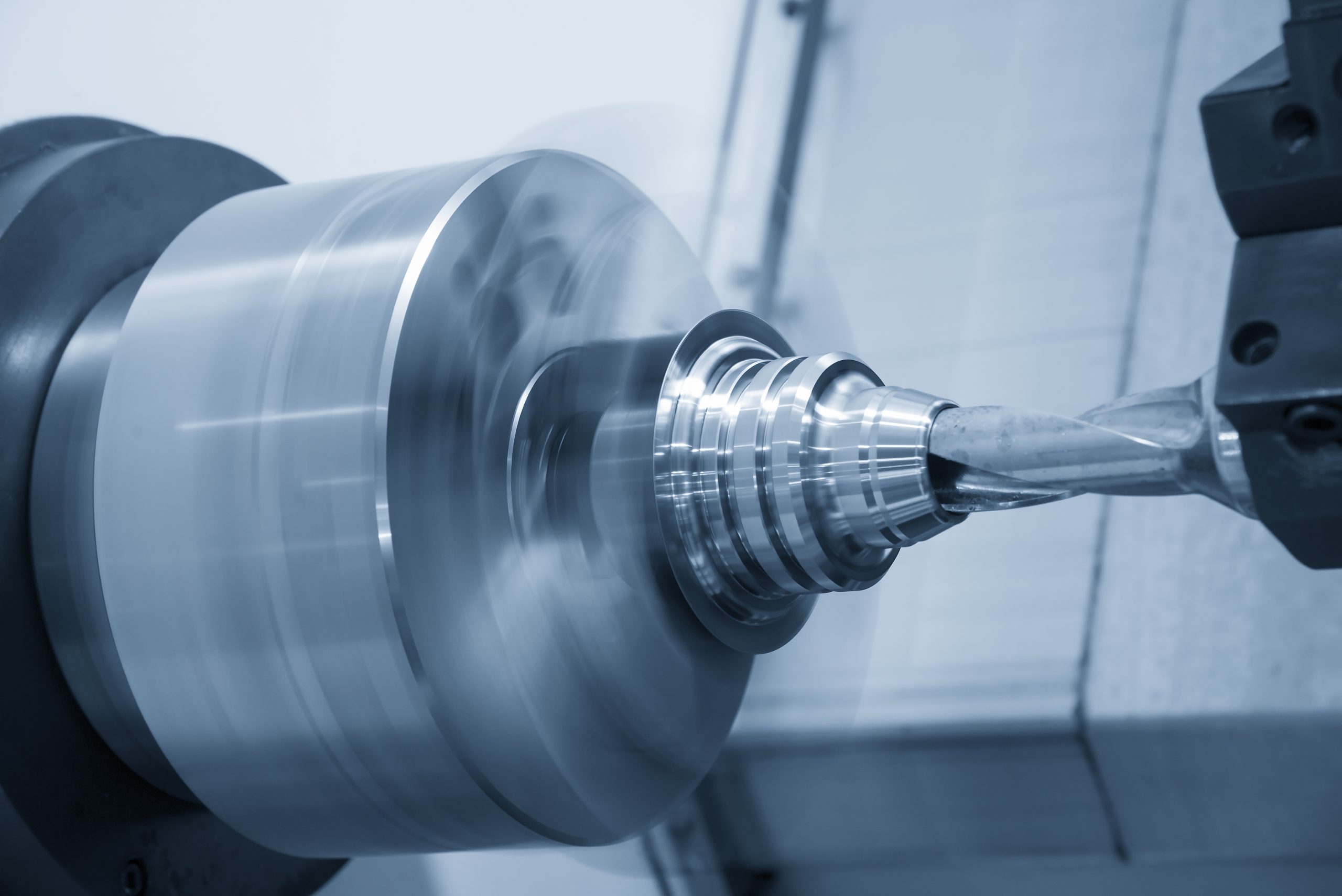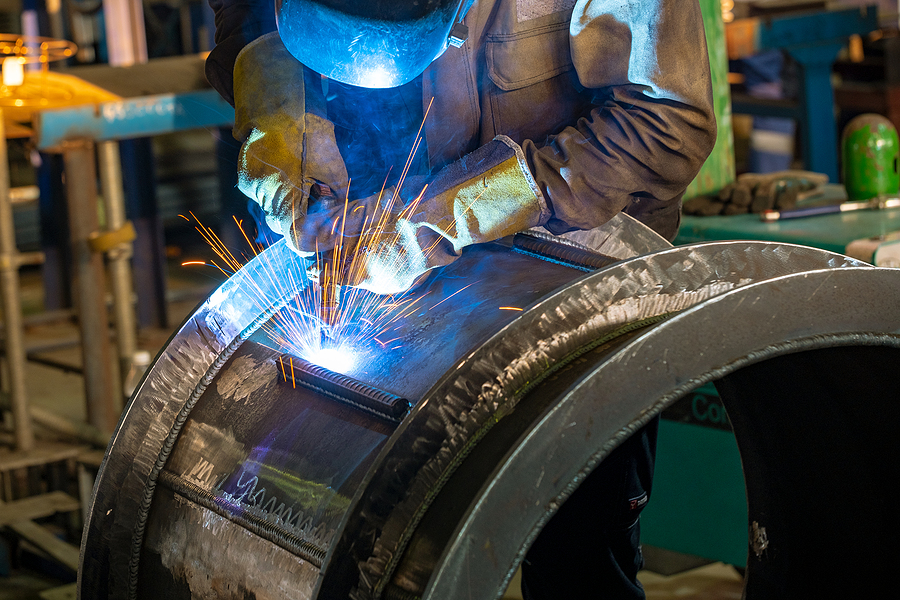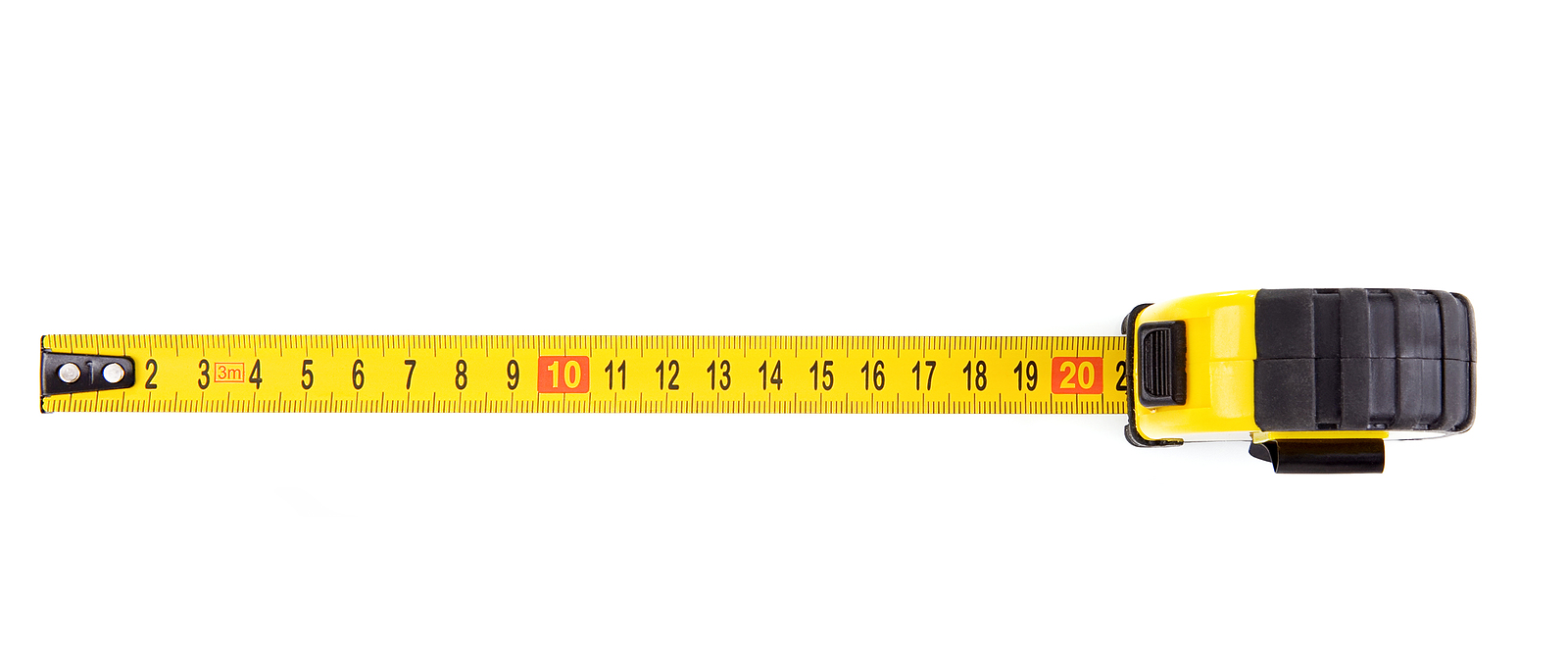FAQs for PMG
PMG is all about answers; finding them, providing them, creating them. It’s kind of what we do. But where do we get them and how do we know what’s being asked? The honest answer is we do a lot of research here. However, we try to keep our finger on the pulse of what matters in manufacturing, and to those working within the industry, so we track a lot of other experts too. This brings us to our latest FAQ for PMG.
Who do you follow on social media?
That’s a great question that we’re happy to answer! When it comes to work platforms, we tend to add individuals from different categories to our social networks. This intentional network-building results in a plethora of professional advantages and it’s a habit that can be developed in just one month. If you want to learn more about how you can build this habit too, read more about our 30-Day LinkedIn Challenge. Then you can start building your professional network by following some of the folks PMG follows too. Without further ado, hear are some of the voices those of us here listen to!
Associations and Groups
We all have our individual thoughts and opinions. Hearing from “collective” viewpoints we respect can help us express such things with professionalism and clarity. A wide variety of angles and perspectives is the goal when building out this part of your network.
National Association of Manufacturers (NAM)
A trade group representing more than 14,000 American manufacturers, NAM works on a national level to strengthen and advance the industry across all sectors for companies of all sizes. They are a great resource for information on their initiatives and general industry news of interest to their membership.
National Institute of Standards and Technology (NIST) – Manufacturing Extension Partnership (MEP)
NIST/MEP is a public/private partnership between the industry and government. They have MEP Centers in all 50 states and Puerto Rico dedicated to serving small-to-medium-sized manufacturers by helping them access and implement resources needed to succeed. Their Manufacturing Innovation Blog is also a must follow.
American Welding Society
The AWS is best known for weld standards and welder certification, but their mission is much more than that. Dedicated to “advancing the science, technology, and application of welding and allied joining and cutting processes” since 1919, this non-profit is all about supporting the growth and success of individual welders and the industry at large. Their weekly Weld Wednesday podcast is a great place to start exploring their available resources.
Technical Journals and Periodicals
These are the type of follows we turn to for the nuts & bolts information. It doesn’t matter how generally informed you are, using improper or inaccurate information or terminology will ruin your reputation quickly. Thus, exposure to the right technical experts and knowledge in your industry is critical.
The Fabricator
One in a family of publications owned by the Fabricators & Manufacturers Association, The Fabricator is an excellent resource for information and insight on all things associated with the metal processing, forming, and fabricating industries. We especially love their regular features on individual companies and technicians from across the industry!
CNC Cookbook
Started by Bob Warfield (the man you can thank for lots of things, including the tabs in digital spreadsheets like Excel), CNCCookbook is a software company created to “help everyone become a better CNC’er”. Their website is equally convenient and intuitive for prospective customers and the purely curious alike. But their blog page is 100% free content and a stand-alone resource by itself for anyone (regardless of skill level) interested in the field.
Modern Materials Handling
Regardless of what kind of company you work for, odds are good that you have to physically handle materials, products, equipment, parts or components. In that light, Modern Materials Handling is a great follow for anyone and everyone. It provides a comprehensive coverage of all things material handling since 1946. Today, we all but guarantee their blog page probably covers a topic or two of interest for you too!
Industry Advocates
Passion, mission, and message all mean something when advocating for things that matter. For many of us, that passion often focuses around supporting the industry that supports (and employs) us. But how does the amateur advocate make sure their mission and message are aligned? A great way to start is by following other individuals, whom already share your passion, that may be a little further along in their own advocacy.
Mike Rowe
An actor who began hosting the Discovery Channel show Dirty Jobs in 2003. Mike used his experiences featuring the blue-collar men and women of America as a springboard into a second career advocating for the importance of the work those folks do. Today, he is one of the preeminent voices promoting technical education and skilled trades careers to young people across the country. Unlike many celebrity types, he puts his money where his mouth is too. To date, his MikeRoweWorks Foundation has awarded more than $5 million in skilled trade program tuition to over 1,000 scholarship recipients since 2008.
Titan Gilroy
Former boxer and convict to current TV star and machine shop owner, Titan has lived a lot of life. That by itself doesn’t make him a great social media follow, but the fact that he shares every step of his journey, and the lessons learned, for FREE, sure does. There are a lot of platforms available to follow him, and his Titans of CNC Academy, but we suggest you start with his LinkedIn page. It’s a great way to keep tabs on all his other efforts.
The Weld Scientist
Nate Bowman, better known by his Instagram username @weldscientist, is paving a new path for the trades. He’s mainly doing it by relying on the visual nature of his chosen social media platform (and his trade) to show there isn’t just one “right” path into a career in the trades. Whether answering very technical questions or just showing the inherent daily beauty of his craft, the Weld Scientist is always a great follow.
“Outside” Voices
When building your network, especially the most informative parts, don’t feel obligated to only look within your own industry either. There is valuable insight and information everywhere and some of it is important specifically because it’s not being done in your sector or at your company yet. Outside influence, or “new blood”, is essential to advancing manufacturing into and through Industry 4.0 and beyond. When looking for voices from beyond your labor pool, put a heavy emphasis on the “universal” applicability of their content.
Patrick Lencioni
Patrick Lencioni is an author of 11 books that have sold more than six million copies, founder of The Table Group, and a pioneer of the organizational health movement. He’s best known for writing The 5 Dysfunctions of a Team, but he’s a great follow for just about anything regarding the business of work or the art of building teams. We recommend reading any of his books, but start by finding him on LinkedIn first!
Deloitte
Deloitte is a provider of advisory and consultancy services to some of the largest corporations and governmental agencies in the world. They’re also great at disseminating much of their research for public consumption. Since much of such data can be dense and data heavy, we especially love how readable and accessible they make those reports for the average Joe too. Check out this Vacation Reading Guide they recently released while on your next road trip to see just what we mean!
Warren Buffett
Buffett is one of America’s richest people and one of the country’s biggest philanthropists. Since the man obviously knows about money, and that’s the primary professional motivator for most of us anyway, he’s definitely worth following on social media. But the spirit of giving, evident in his charitable endeavors, trickles into his online content too. Give his Twitter page a follow to see what we mean and you’re bound to walk away more informed, and entertained, than you were before.
Additional Resources
We hope this FAQ inspired you to double down on the energy you invest into your own professional network. If so, watch our webinar on networking for free to learn more tips and tricks to getting started right.
You can always get other answers from us too. Just send your questions to our Writing Team and keep an eye out for future FAQ’s. We can’t wait to share our next answer with you!
Josh Erickson, ReTool Public Relations & Engagement Specialist















